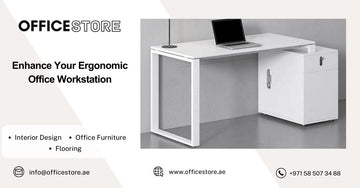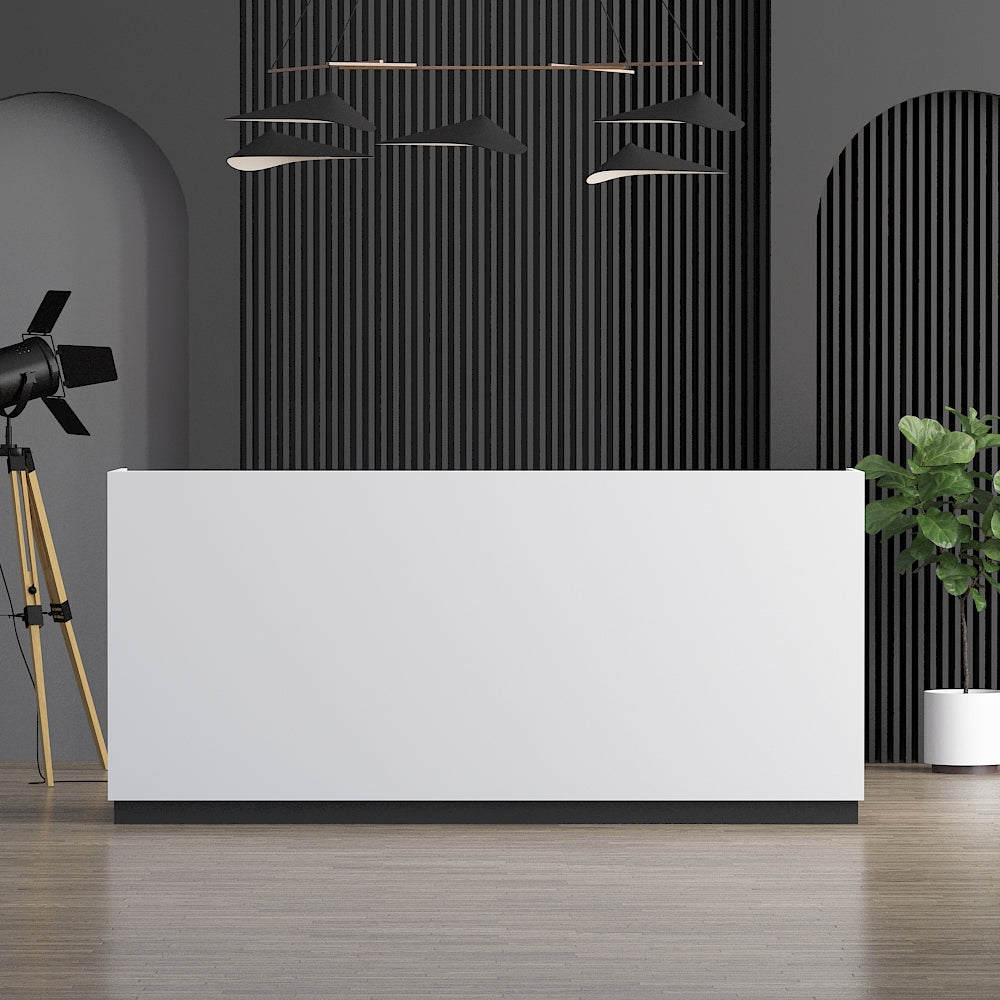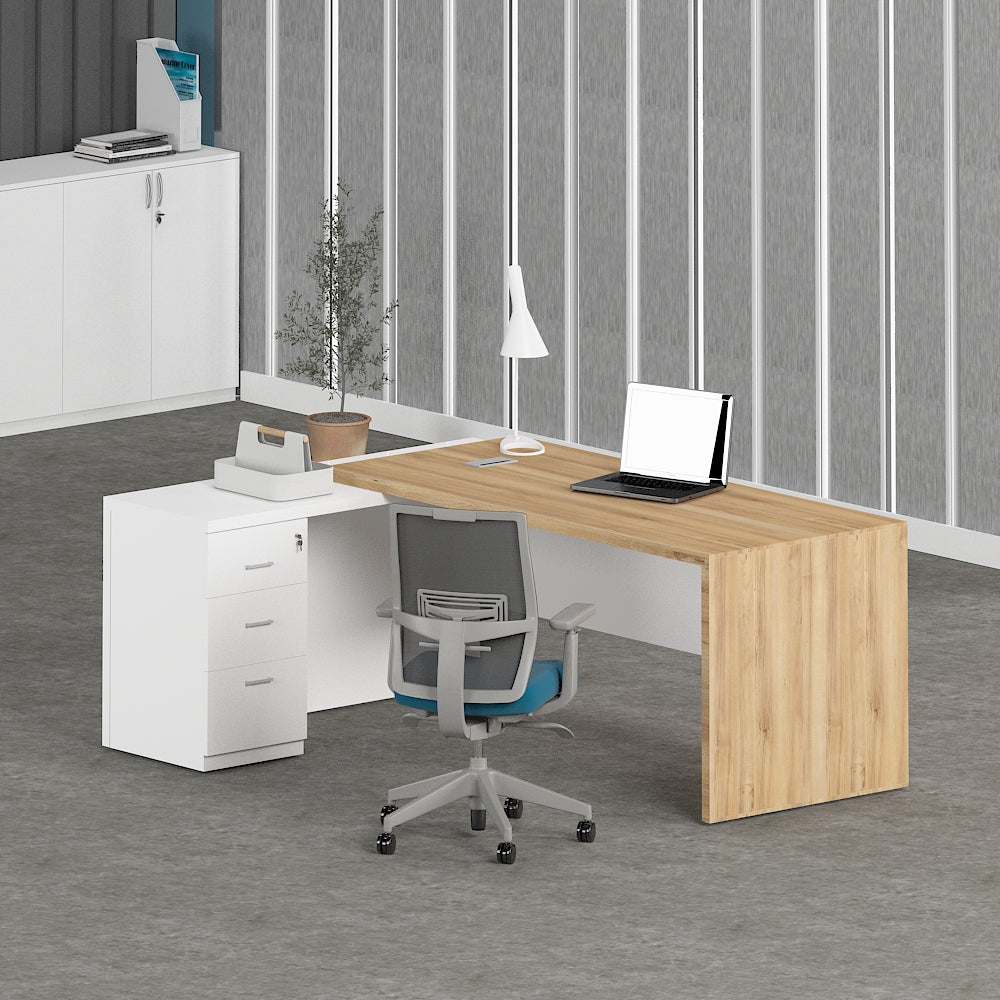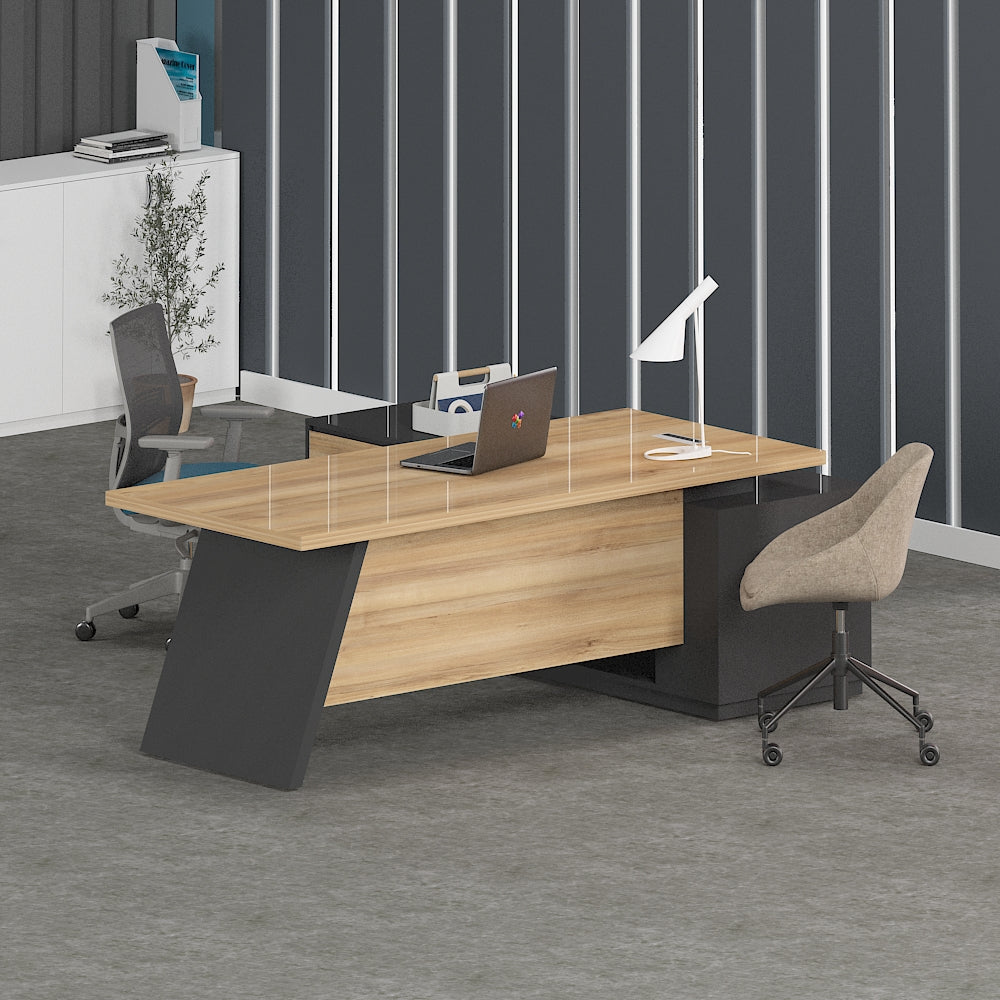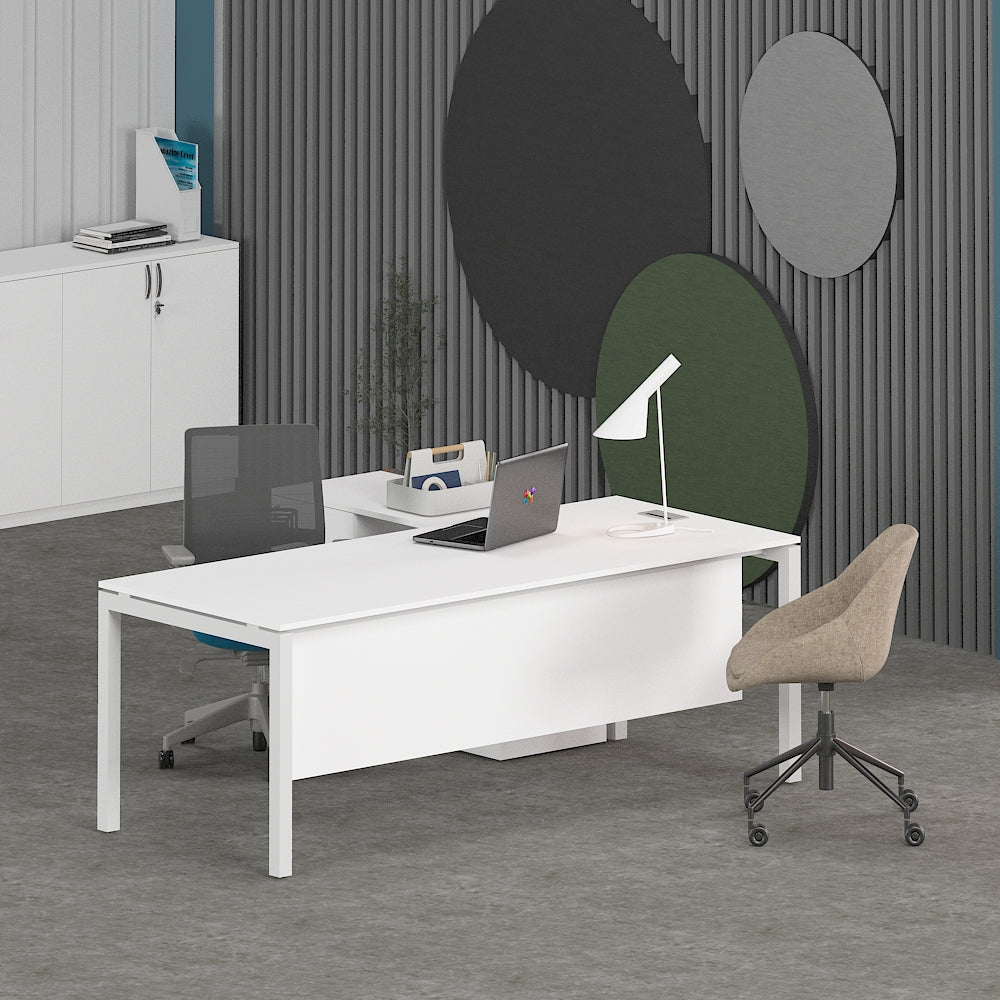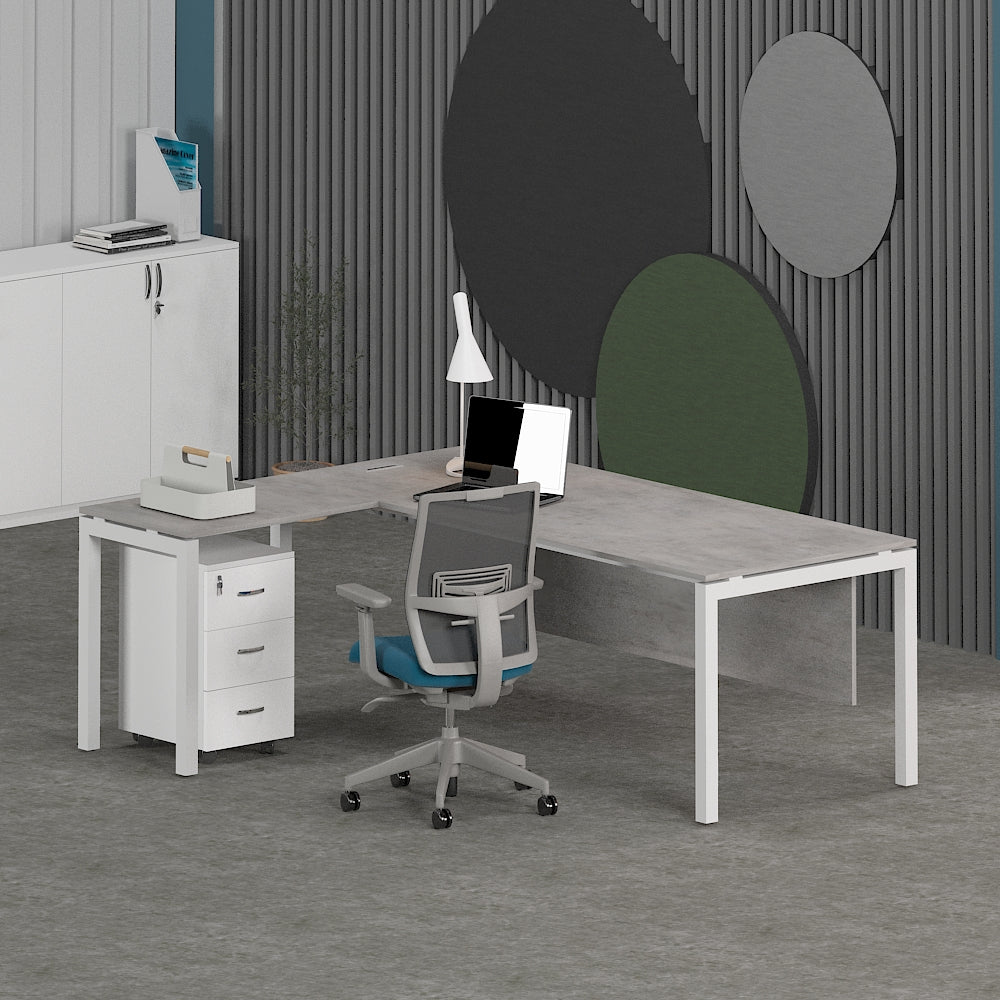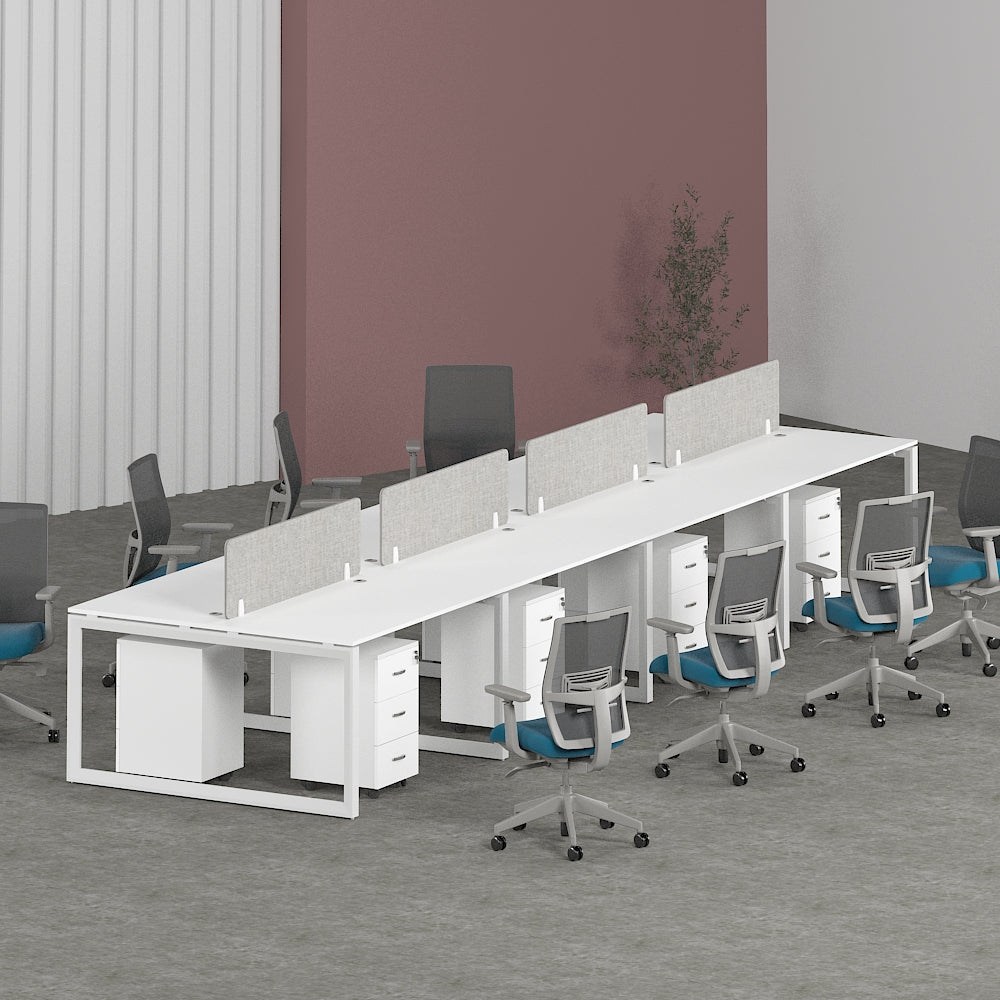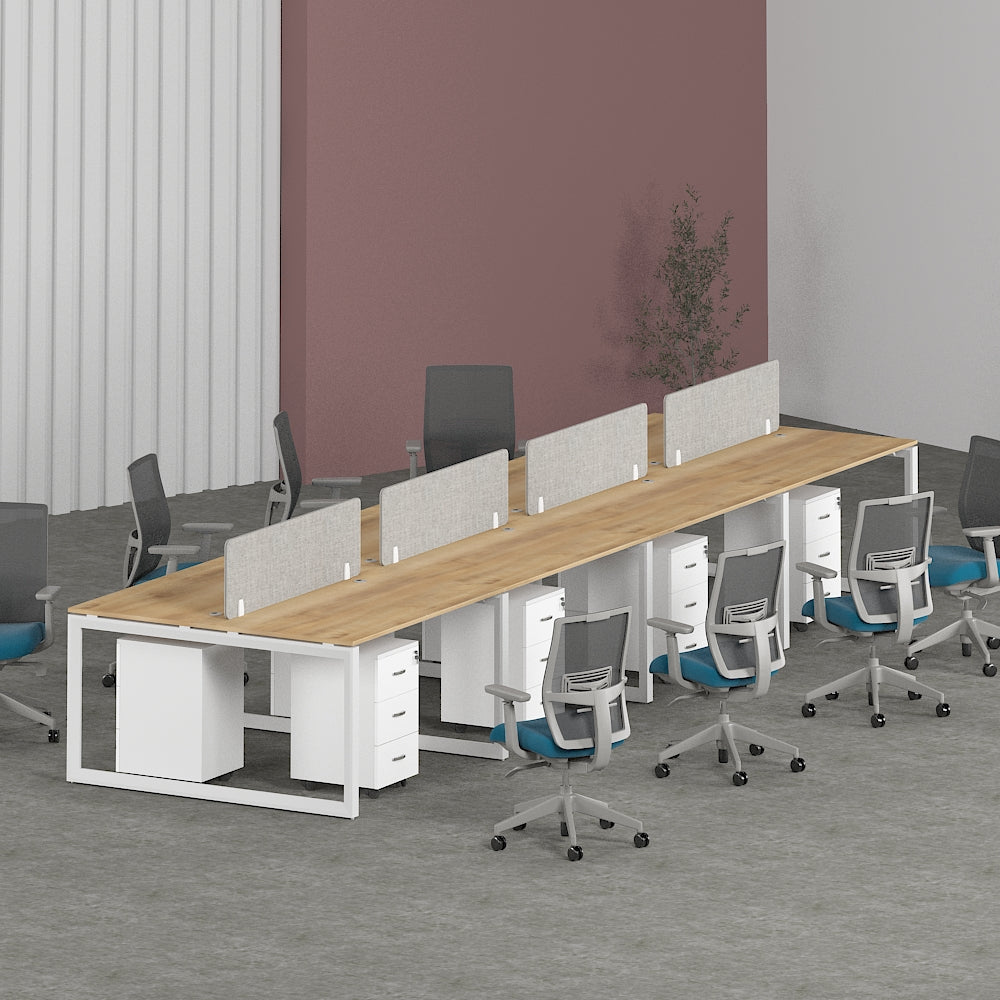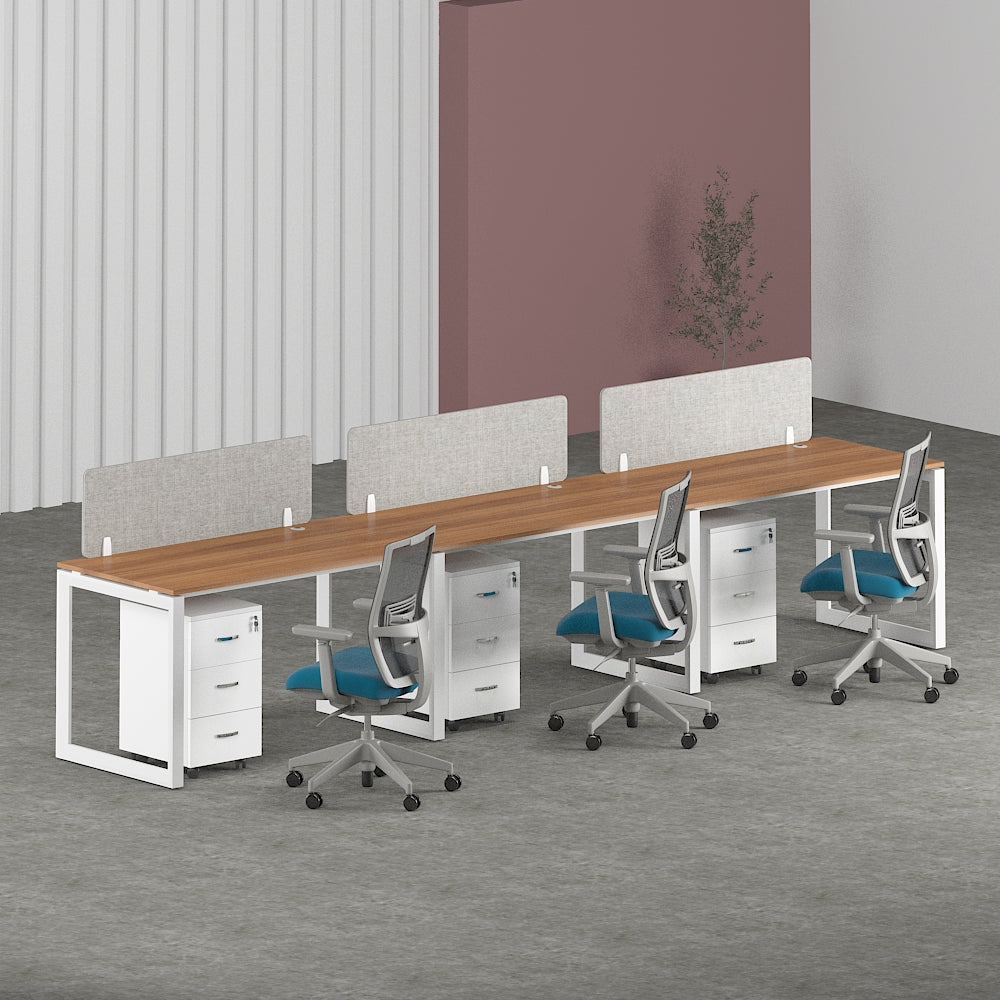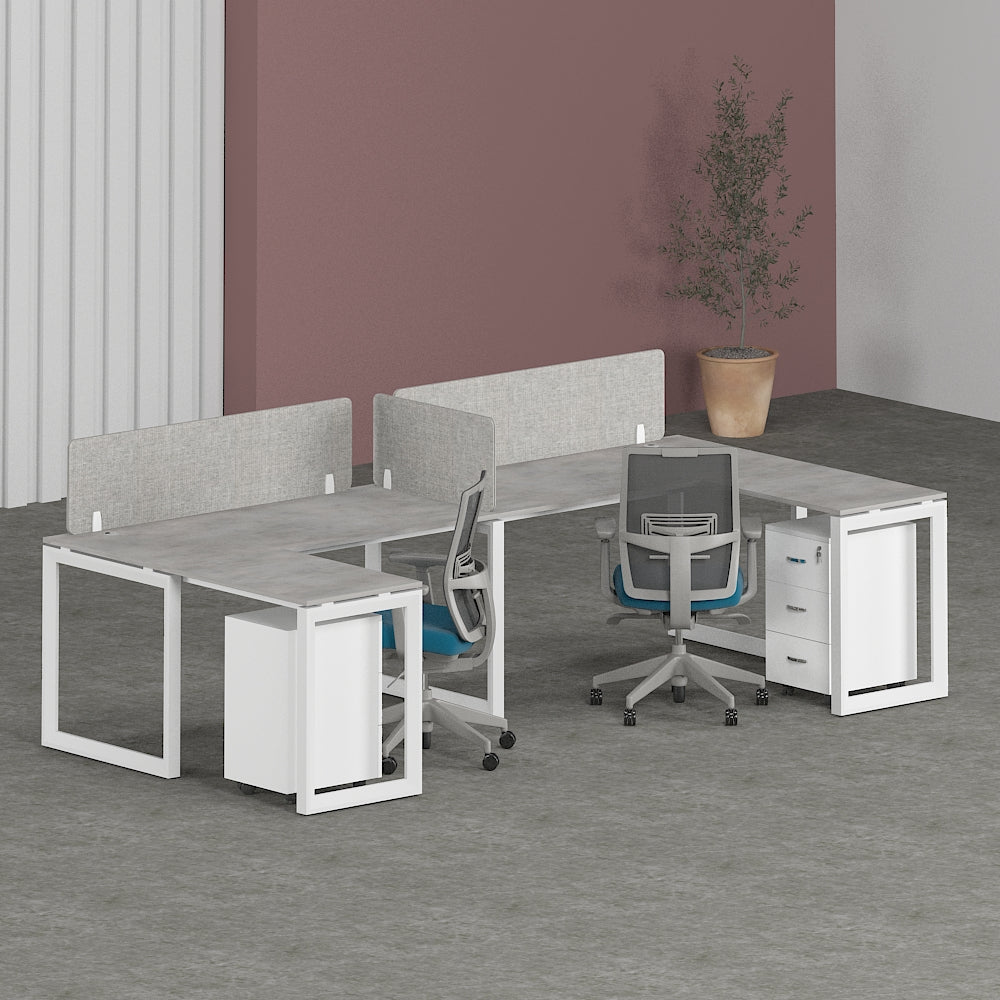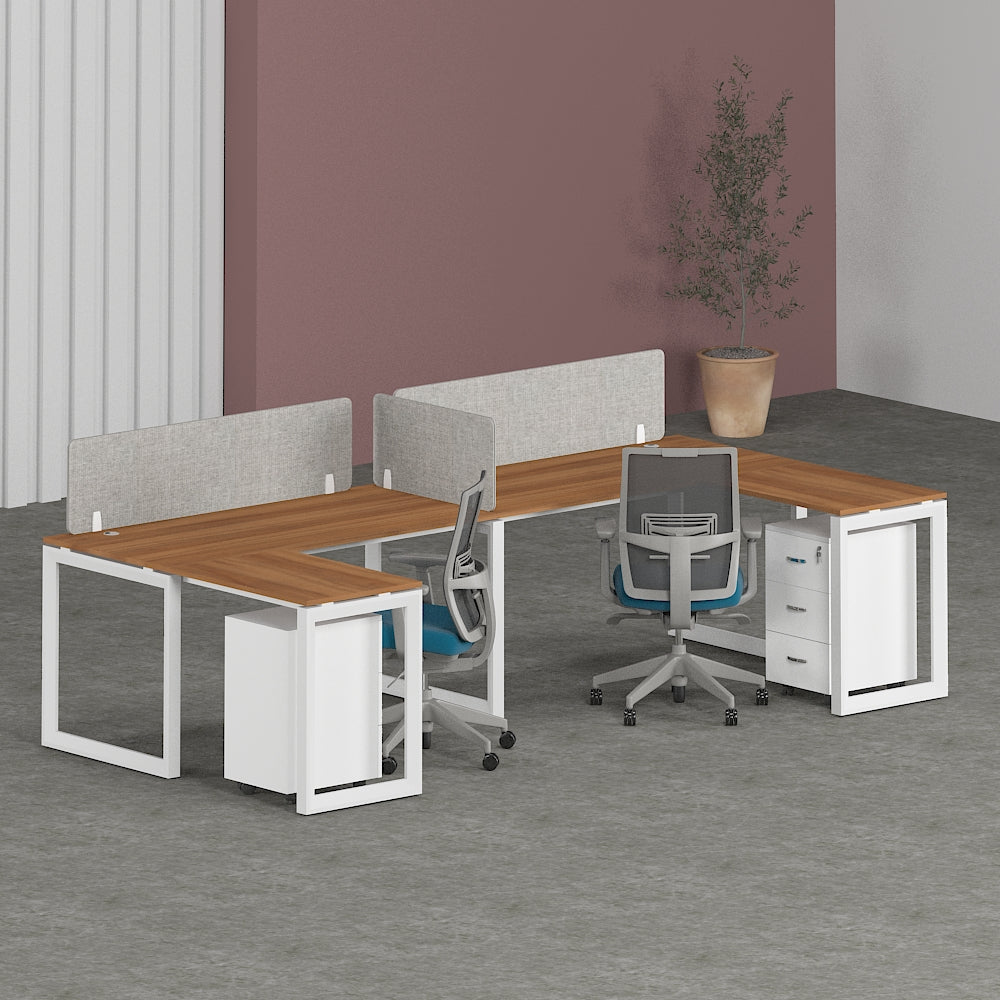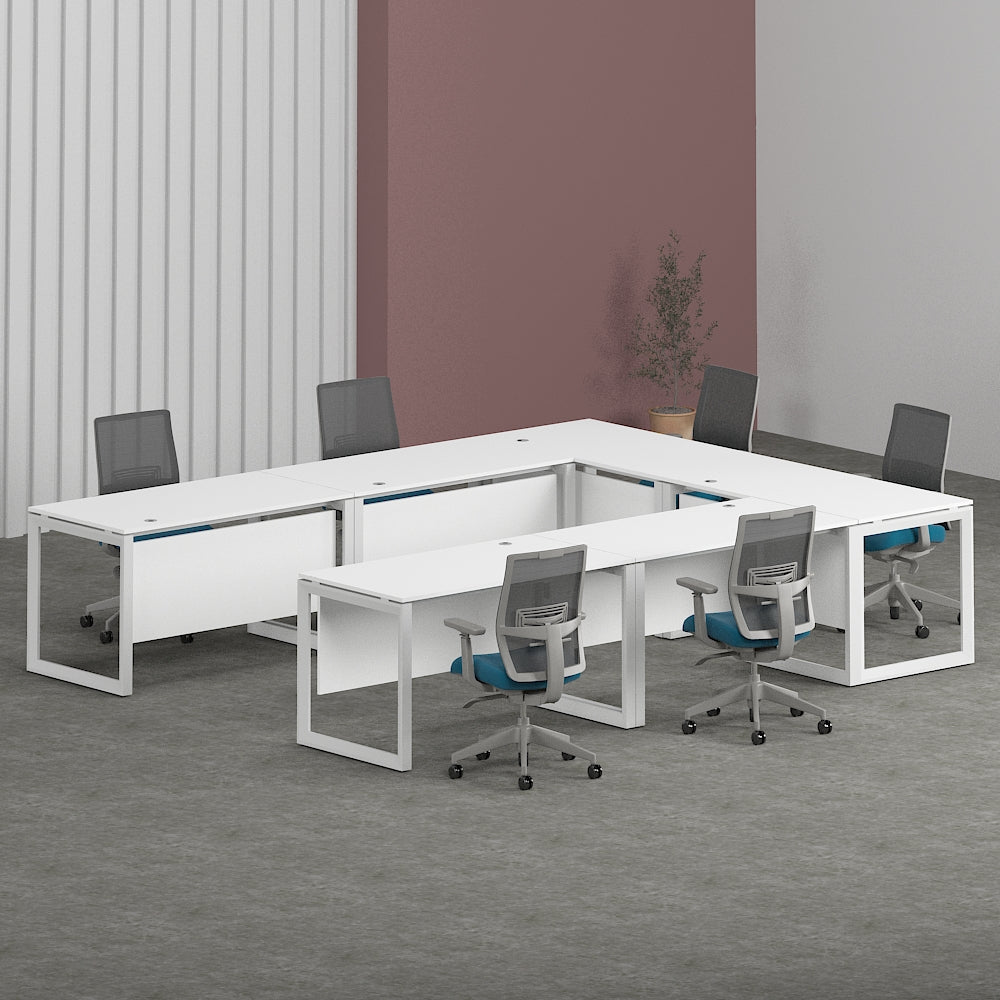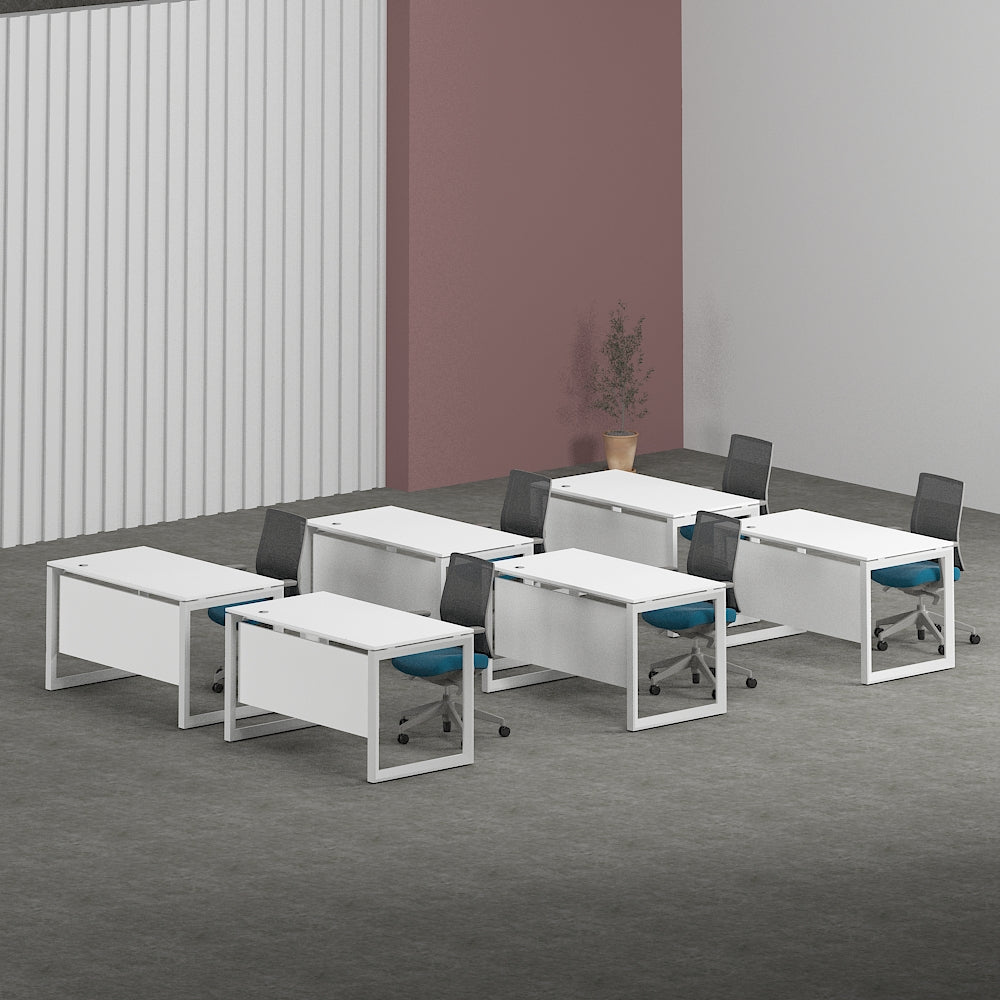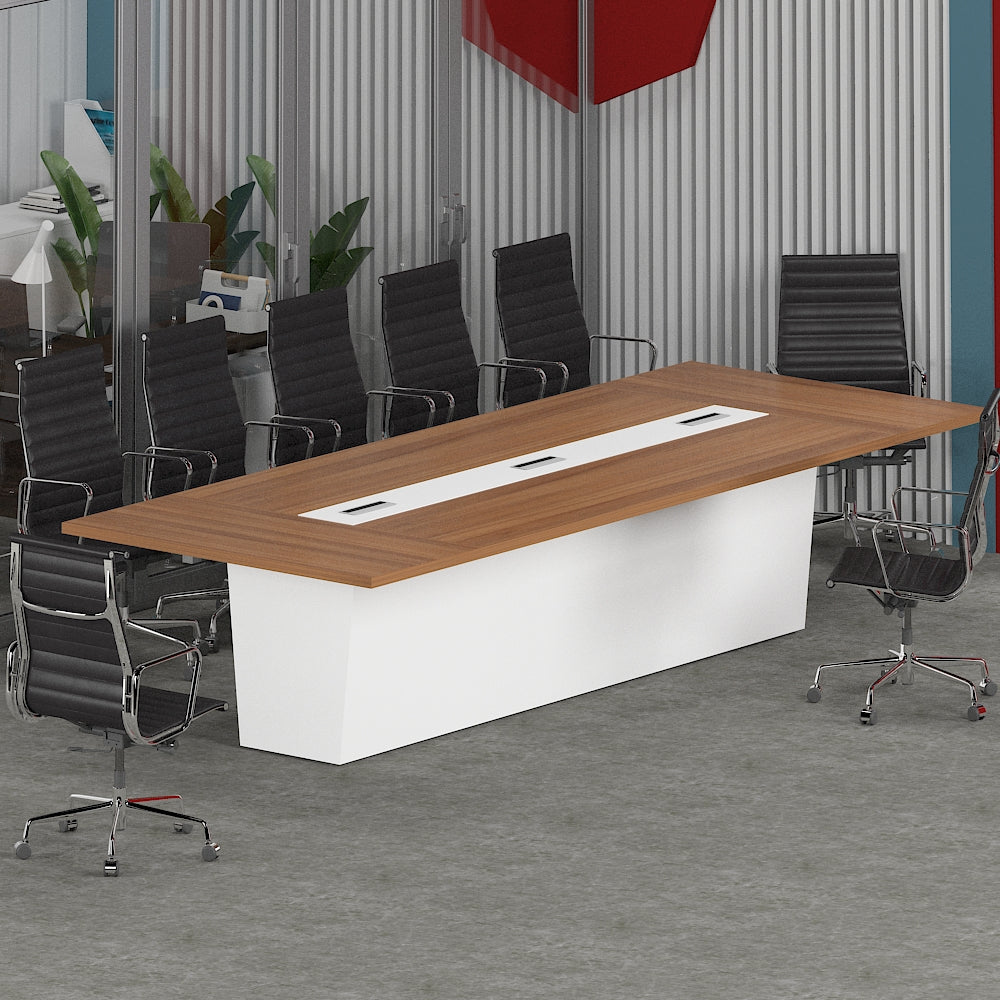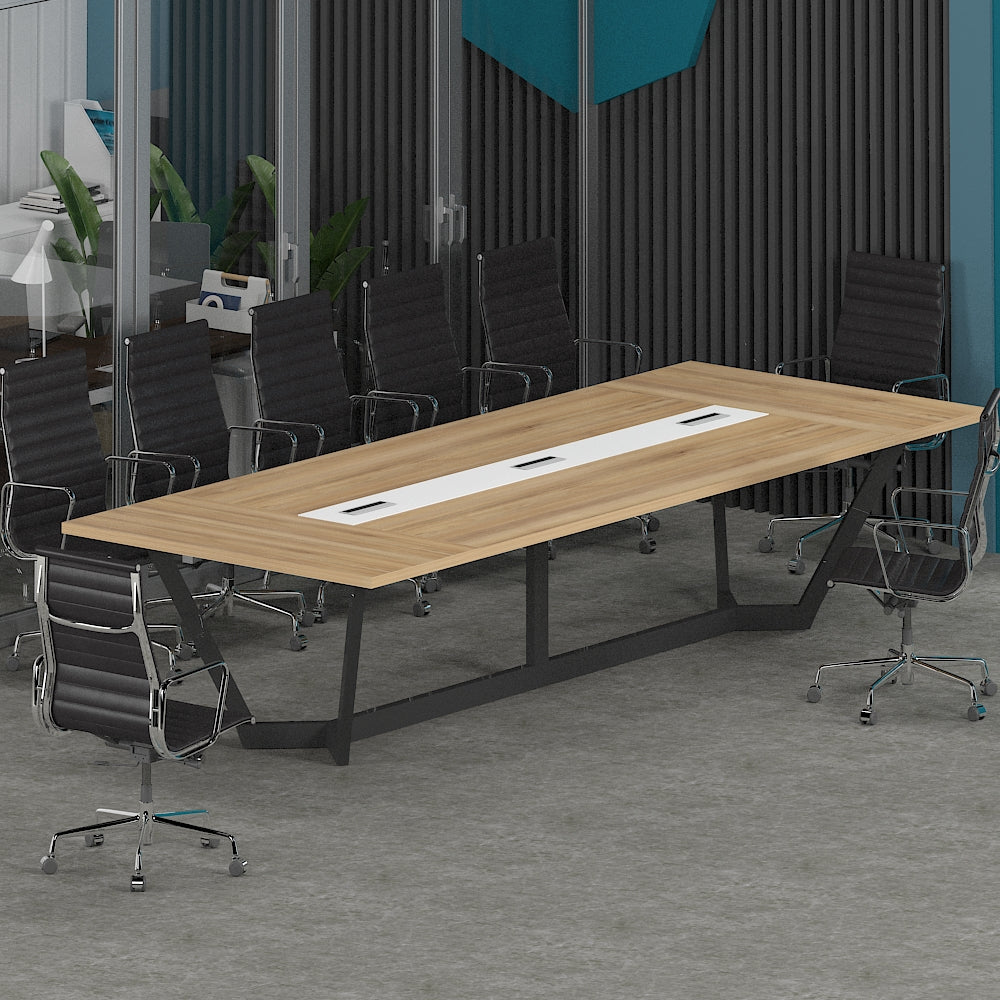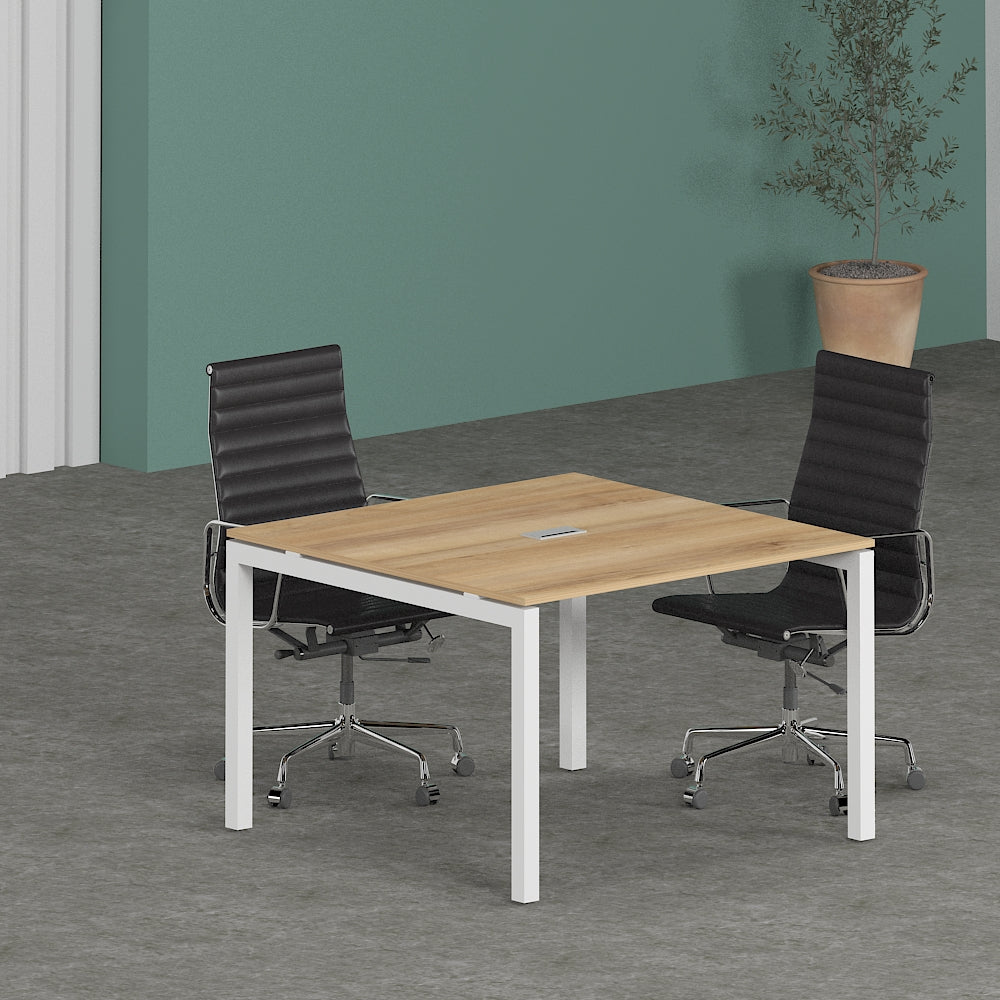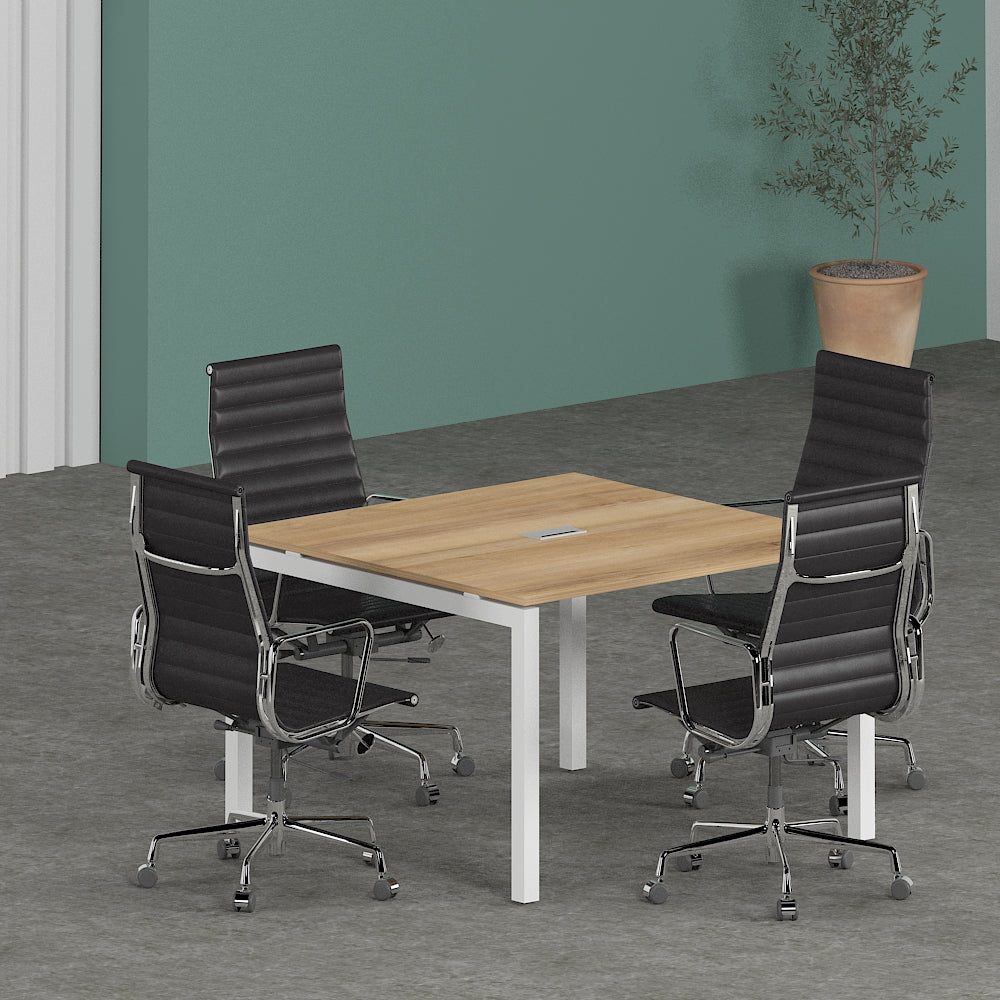Welcome to the ultimate guide on optimizing your office workstation for maximum comfort and productivity. In this article, we'll delve into the realm of ergonomics, providing you with actionable tips to transform your workspace into a haven of efficiency and well-being.
Understanding Ergonomics
What is Ergonomics?
Ergonomics is the science of designing the workplace to fit the worker, rather than forcing the worker to fit the workplace. It focuses on creating environments and equipment that promote safety, comfort, and efficiency.
Importance of Ergonomics
Proper ergonomics not only reduces the risk of musculoskeletal disorders but also enhances productivity and overall job satisfaction. Investing in ergonomic solutions can lead to fewer sick days, increased morale, and improved employee retention.
Assessing Your Workstation
Before making any changes, it's essential to assess your current setup to identify areas for improvement.
Evaluating Your Current Setup
Take a critical look at your workstation, considering factors such as desk height, chair comfort, and monitor placement. Note any discomfort or strain you experience during prolonged periods of work.
Common Ergonomic Issues to Look For
Typical ergonomic issues include awkward postures, repetitive motions, and excessive force. Be on the lookout for signs of discomfort, such as back pain, neck stiffness, or wrist strain.
Ergonomic Workstation Essentials
Now that you've assessed your workstation, let's explore the essential components of an ergonomic setup.
Ergonomic Desk
An ergonomic desk should allow you to adjust its height to maintain proper posture and minimize strain on your back and shoulders. Look for desks with ample surface area to accommodate your work essentials comfortably.
Ergonomic Chair
Invest in a high-quality ergonomic chair that provides adequate lumbar support, adjustable armrests, and seat height. Your chair should promote a neutral sitting position, with your feet flat on the floor and your knees at a 90-degree angle.
Keyboard and Mouse Setup
Position your keyboard and mouse at elbow height to prevent wrist strain. Consider using an ergonomic keyboard and mouse that promote a natural wrist position and minimize repetitive motion injuries.
Monitor Placement
Place your monitor at eye level, approximately an arm's length away from your body. Adjust the screen tilt and brightness to reduce glare and eyestrain.
Additional Ergonomic Accessories
In addition to the basics, several accessories can further enhance your ergonomic workstation.
Wrist Rests
Wrist rests can provide support and alleviate pressure on your wrists during extended typing sessions. Choose a wrist rest that is padded and ergonomically designed to prevent discomfort.
Footrests
If your feet dangle or cannot rest flat on the floor, consider using a footrest to maintain proper posture and circulation. Adjustable footrests allow you to customize the height and angle for optimal comfort.
Monitor Arms
Monitor arms offer flexibility in adjusting the height, angle, and orientation of your monitor. They free up valuable desk space and allow you to position your screen at the perfect ergonomic viewing angle.
Cable Management
Keep your workstation organized and clutter-free with proper cable management solutions. Velcro straps, cable trays, and cable clips can prevent tripping hazards and maintain a clean workspace.
Optimizing Your Work Habits
Creating an ergonomic workstation is only part of the equation. It's equally important to develop healthy work habits to minimize strain and fatigue.
Regular Breaks
Take regular breaks throughout the day to stretch, move around, and rest your eyes. Use the 20-20-20 rule: every 20 minutes, look at something 20 feet away for 20 seconds to reduce eye strain.
Proper Posture
Maintain good posture while sitting or standing, keeping your spine aligned and your shoulders relaxed. Avoid slouching or leaning forward, as this can lead to back and neck pain over time.
Stretching Exercises
Incorporate stretching exercises into your daily routine to alleviate muscle tension and improve flexibility. Focus on stretches that target areas prone to stiffness, such as your neck, shoulders, and lower back.
Creating a Comfortable Environment
Beyond ergonomic furniture and accessories, your work environment plays a crucial role in your overall comfort and well-being.
Lighting
Optimize your lighting to reduce glare and eye strain. Natural light is ideal, but if that's not possible, invest in adjustable task lighting with diffusers to minimize harsh shadows.
Temperature
Maintain a comfortable temperature in your workspace to prevent discomfort and distraction. The ideal temperature for office environments is typically between 68-76°F (20-24°C).
Implementing Ergonomic Solutions
When implementing ergonomic solutions, consider factors such as budget constraints and personal preferences.
Budget Considerations
You don't have to break the bank to create an ergonomic workstation. Start by prioritizing the essentials and gradually invest in additional accessories as needed.
DIY Ergonomic Solutions
Get creative with DIY ergonomic solutions using household items or inexpensive materials. From makeshift footrests to homemade lumbar supports, there are plenty of budget-friendly options to explore.
Adjusting and Fine-Tuning
Finding the perfect ergonomic setup may require some trial and error. Be open to making adjustments and fine-tuning your workstation until you find what works best for you.
Experimenting with Adjustments
Don't be afraid to experiment with different chair heights, monitor positions, and keyboard angles. Small changes can make a significant difference in your comfort and productivity.
Seeking Professional Advice
If you're struggling to find the right ergonomic setup, consider consulting with a professional ergonomist or occupational therapist. They can provide personalized recommendations based on your specific needs and preferences.
Tracking Your Progress
Once you've optimized your workstation, it's essential to monitor your progress and make adjustments as needed.
Documenting Changes
Keep a journal or log of any changes you make to your workstation and how they affect your comfort and productivity. This will help you identify patterns and make informed decisions moving forward.
Reassessing Regularly
Ergonomics is not a one-time fix – it's an ongoing process. Reassess your workstation regularly to ensure it continues to meet your needs as they evolve.
Conclusion
By enhancing your ergonomic office workstation, you can improve your comfort, health, and productivity. Whether you're working from home or in a traditional office setting, investing in ergonomic solutions is a worthwhile endeavor that pays dividends in the long run.
FAQs
1. What are the benefits of an ergonomic workstation?
- An ergonomic workstation can reduce the risk of musculoskeletal disorders, enhance productivity, and improve overall job satisfaction.
2. Can I create an ergonomic workstation on a budget?
- Yes, there are plenty of budget-friendly ergonomic solutions available, including DIY options and affordable accessories.
3. How often should I take breaks while working at my desk?
- It's recommended to take short breaks every 20-30 minutes to stretch, move around, and rest your eyes.
4. What are some signs that my workstation setup may be causing discomfort?
- Common signs include back pain, neck stiffness, wrist strain, and eye fatigue.
5. Should I consult with a professional ergonomist?
- If you're having trouble finding the right ergonomic setup, consulting with a professional ergonomist or occupational therapist can provide valuable insights and recommendations.
